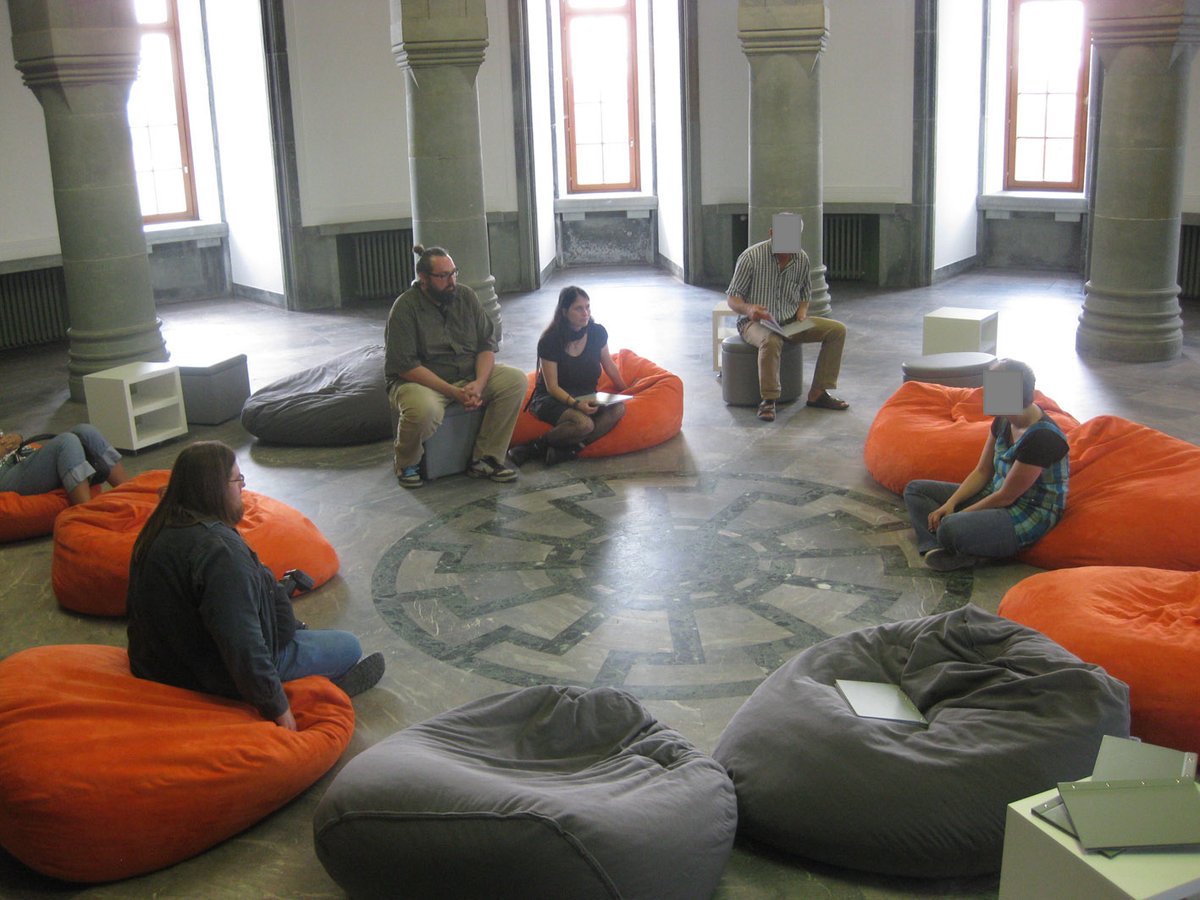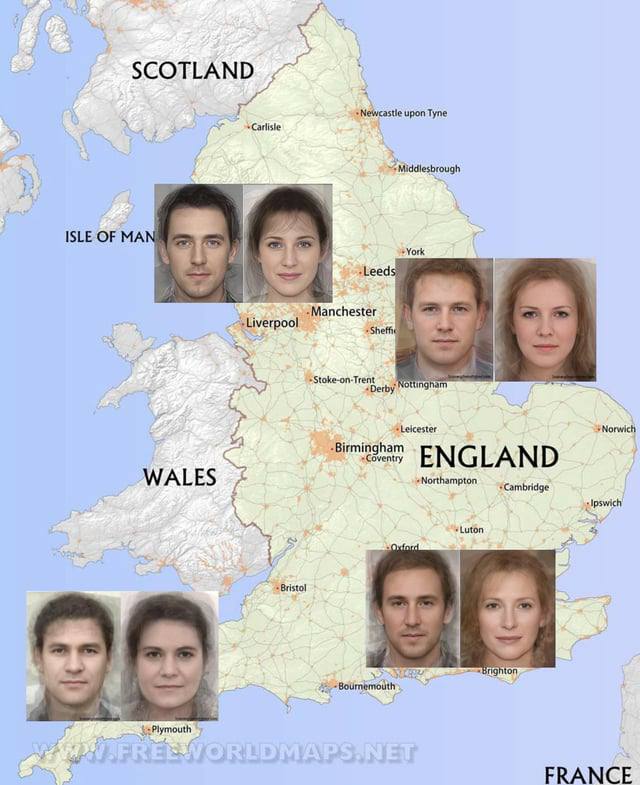Ubba was a commander of the Great Heathen army which invaded England in the 860’s. He may have been a Frisian but most of the army were Danish. Ubba was slain in Devon at the Battle of Cynwit in 878. But where did this take place? 🧵 

Asser’s Vita Alfedi and the Anglo-Saxon chronicle both point to Devon which the army approached from Wales after having raided at Dyfed. In a later tradition Ubba is said to be a son of Ragnar Lodbrok. Here they are both depicted worshipping idols of their gods. 

The chronicle says another of Ragnar’s sons, Halfdan, was also slain in Wessex in 878 and the sacred raven banner was taken by the English. This painting from 1927 is by Colin Gill. You can see the raven banner with a swastika at the bottom. It hangs in the houses of Parliament 



It is likely the “brothers” Halfdan and Ubba were conflated in this story, and that really it was Ubba who was slain in Devon which was part of Alfred’s Wessex. Later legends say King Alfred himself killed Ubba but the Ealdorman of Devon was actually Odda. (pic of Ivar and Ubba) 

The story goes that the Vikings laid siege to fort Cynuit, but the Saxons broke out at dawn killing hundreds of Vikings and chasing the rest back to their boats. The Celtic place name Cynuit is gone so its location is disputed but Kenwith near Northam is one candidate. 

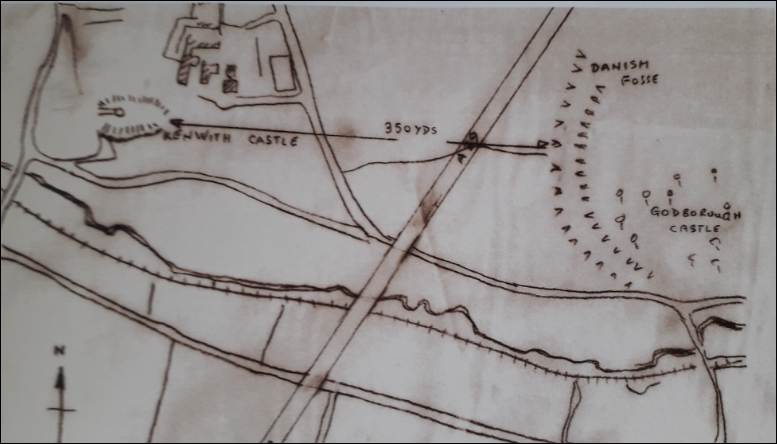
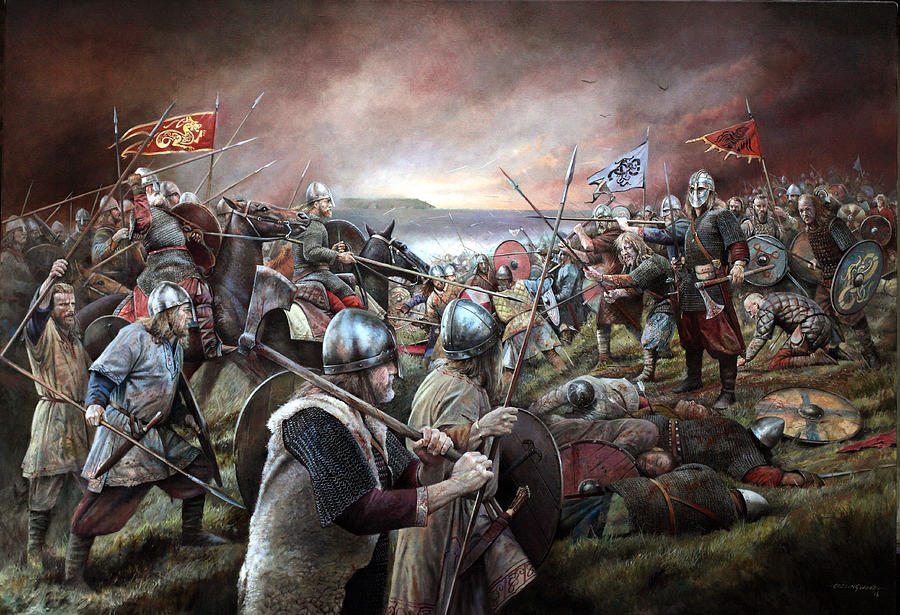
The local tradition that the battle took place in Northam is older than any other. Locals also uphold an inaccurate tradition that Alfred himself chased Ubba from Kenwith fort down to “bloody corner” where he was slain. 
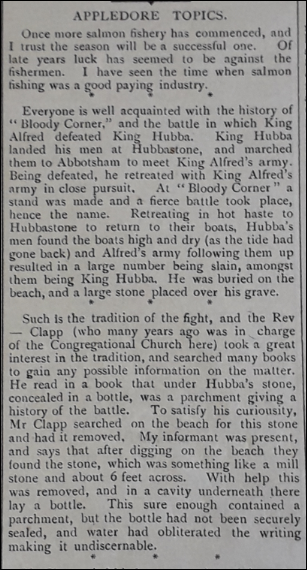
They erected this monument which reads: “Stop Stranger Stop, Near this spot lies buried King Hubba the Dane, who was slayed in a bloody retreat, by King Alfred the Great” 

Northam fits the description of a hill near the sea, and the beach Westward Ho with adjacent estuary make it a perfect target for Viking raids, which used rivers for inland incursions and beaches for docking their longships. However, Countisbury near Lynton is also a candidate. 
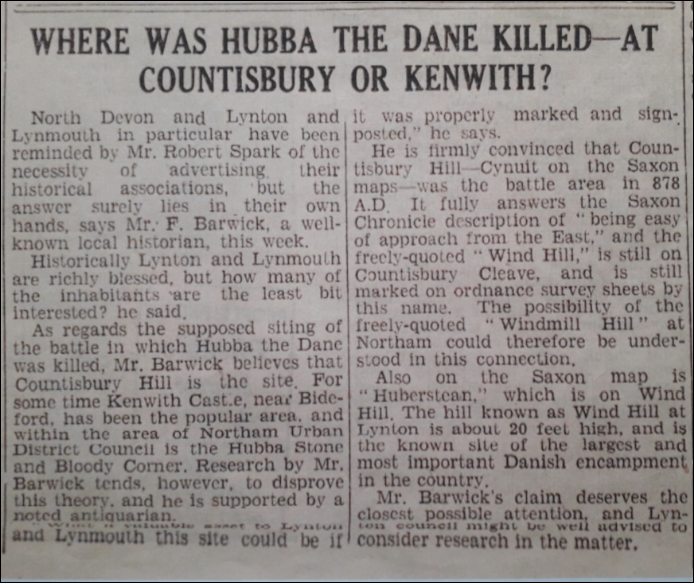
In either case, we know the men of Devon under Odda slew Ubba and won the Raven Banner from the Vikings. Worth noting that local stories of the battle have been recorded in Northam at least before the early 17th c. whereas the Countisbury claim is a more recent invention. END 



• • •
Missing some Tweet in this thread? You can try to
force a refresh


